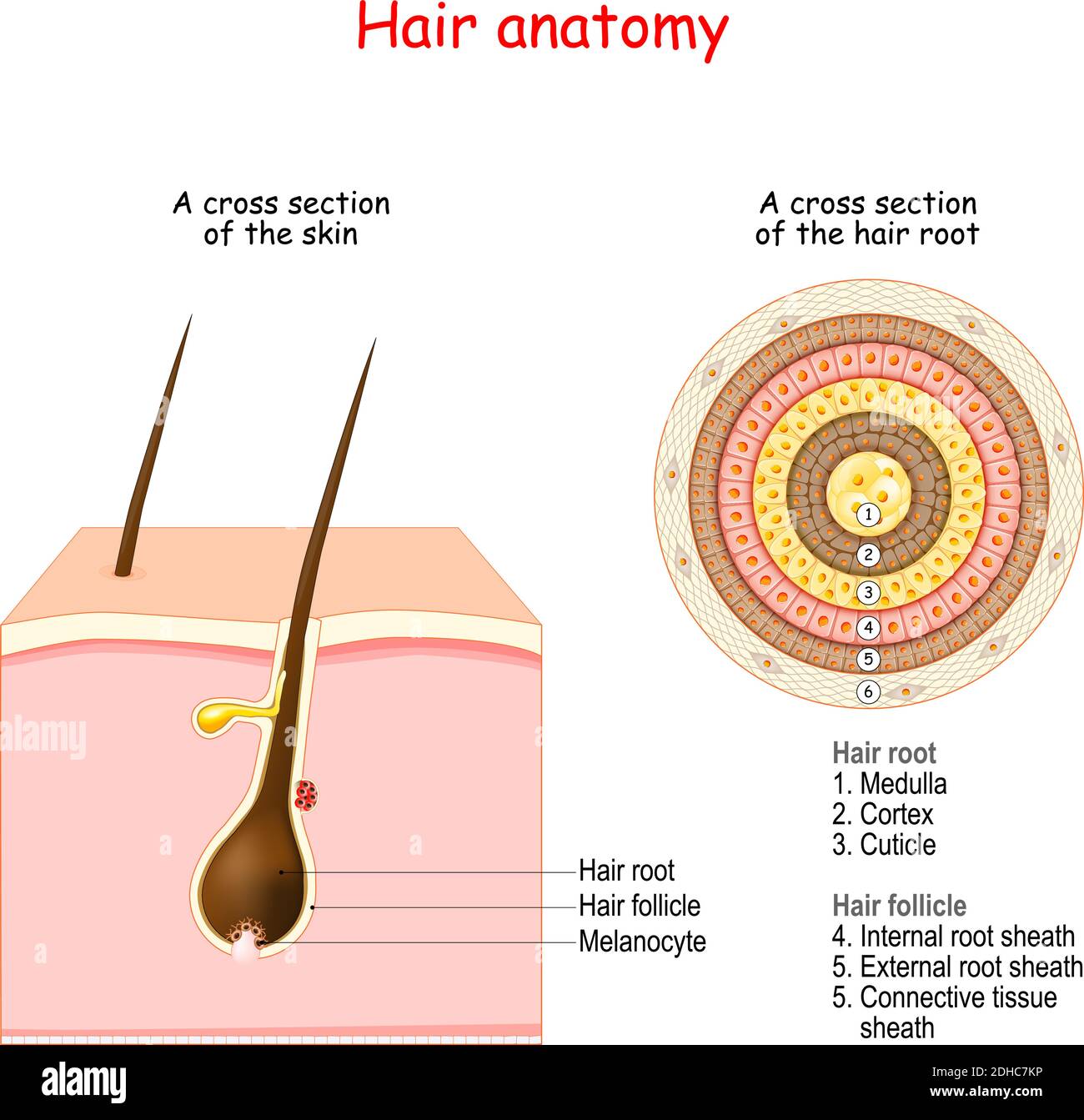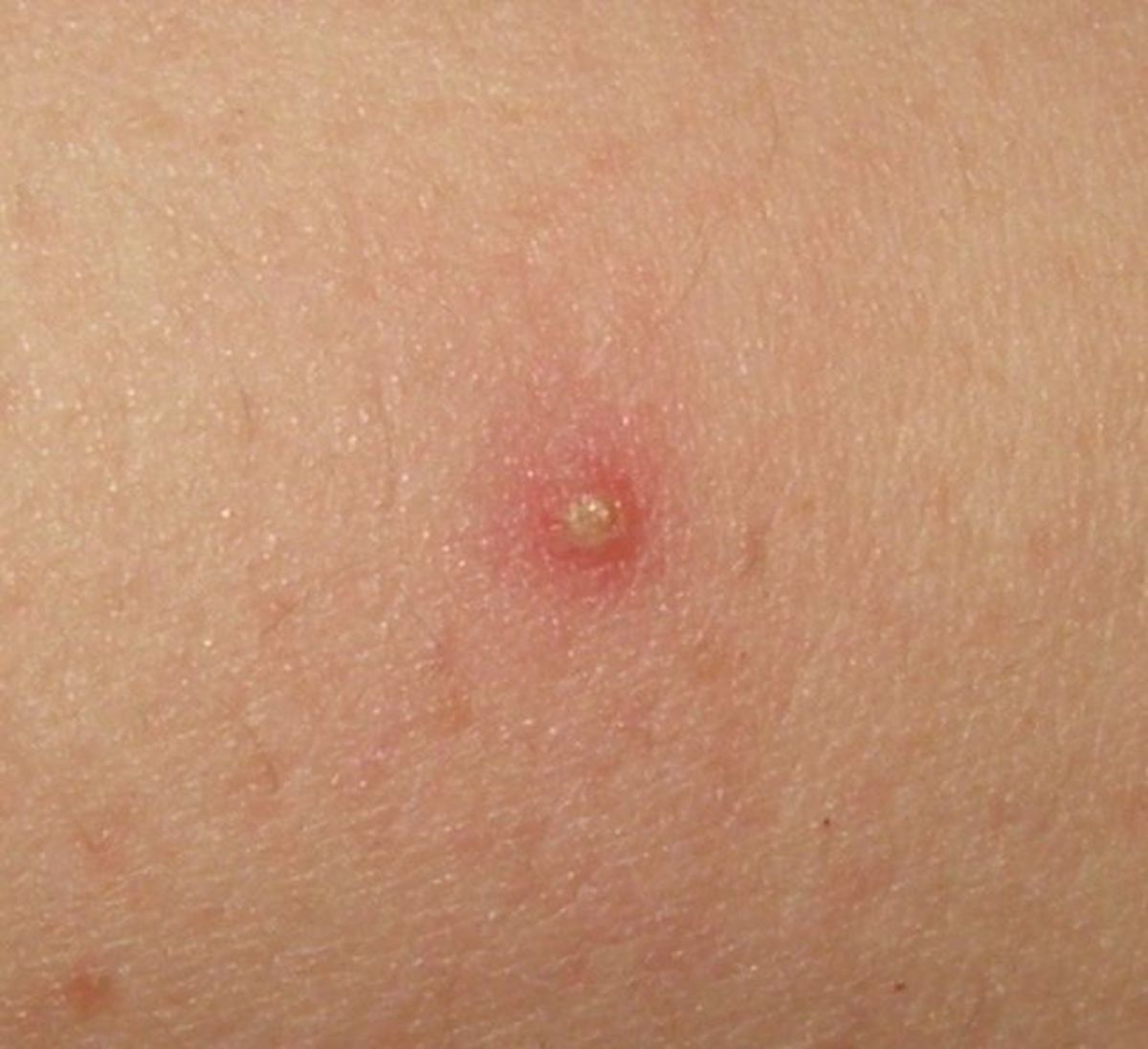Functional hair follicle regeneration: an updated review Signal Transduction and Targeted Therapy
Table Of Content

New hair cells are constantly being made in the hair bulb, close to the papilla. Each hair follicle is attached to a tiny muscle (arrector pili) that can make the hair stand up. These nerves sense hair movement and are sensitive to even the slightest draft. Also attached to the follicle is a sebaceous gland, which produces the oily or waxy substance sebum.
Folliculitis Complications
Left untreated, severe infections can cause permanent hair loss and scarring. The color of the hair is determined by the amount of melanin in the hardened cells. This can vary a lot from person to person, and it changes over the course of a lifetime. The amount of melanin typically decreases as people get older, and more air gets trapped inside the hair – it then loses its color and turns white.
Cellular reprogramming and HF regeneration
The follicle is lined by an inner and outer sheath that protects and molds the growing hair. The inner sheath follows the hair and ends just before the opening of the oil gland, or sebaceous gland. In fact, as we get older, the number of hair follicles per square inch decreases as our bodies stretch and grow. It protects your skin and traps particles like dust around your eyes and ears. If your hair gets damaged, it can renew itself without scarring. In some more severe cases, your provider may refer you to a dermatologist for additional tests to make sure your folliculitis isn’t another medical condition.
Everything You Need to Know About Getting a Hair Transplant - Robb Report
Everything You Need to Know About Getting a Hair Transplant.
Posted: Tue, 23 Apr 2024 15:00:16 GMT [source]
ORIGINAL RESEARCH article
Beard hairs will arise once puberty is reached, with androgen hormones transforming the vellus hairs in this area into terminal hairs. The structural, or pilosebaceous, unit of a hair follicle consists of the hair follicle itself with an attached sebaceous gland and arrector pili muscle. In most cases, the main symptom of folliculitis is red bumps that look like pimples on your skin. These could also look like they’re white-filled bumps or they could be filled with pus (pustules). Many people feel the need to scratch when they have folliculitis.

While folliculitis can affect anyone, certain factors can increase the risk of developing this condition. Around the papilla is the hair matrix, a collection of epithelial cells often mixed with the pigment-producing (color) cells, known as melanocytes. Cell division in the hair matrix is responsible for the cells that will form the major structures of the hair fiber and the inner root sheath. The hair matrix epithelium is one of the fastest-growing cell areas in the human body, which is why some forms of chemotherapy which kill dividing cells or radiotherapy may lead to temporary hair loss. The papilla is usually oval or pear-shaped, with the matrix wrapped almost totally around it, except for a short stalk-like connection to the surrounding connective tissue that provides access for the capillary. The transition from traditional culture to 3D culture constitutes excellent progress in HF regeneration.
Until it's healed, don’t share clothes or towels with others. Some folliculitis is caused by a contagious type of bacteria called staphylococcus, or staph. If you have a cut on your skin and touch something, like a towel, that has this germ on it, you may get infected. If so, you’ll be contagious until you’ve been treated with antibiotics for at least 48 hours.
Other structures[change change source]
Hair follicles (HFs) are a major skin appendage originating from the ectoderm. In addition, hair in human society greatly affects the quality of life, attractiveness and self-esteem. However, destructive inflammation with various aetiologies and the subsequent replacement of fibres can involve the permanent loss of HFs, which impairs inherent skin function and, especially, psychological well-being.
What does normal hair growth look like?
But because new hairs are always growing and replacing them, this natural hair loss isn't noticeable. When damaged, the follicles can stop producing hair, and your hair growth cycle can slow down. If you have any concerns about your hair growth, talk to a dermatologist. If you have conditions like alopecia or balding, you might wonder if it’s possible to stimulate a hair follicle to regrow hair.

Hair loss refers to the significant reduction in the number of hair strands, leading to visible bald patches or overall decreased hair density. Dozens of over-the-counter supplements and products purport to reverse hair loss, making it tough for patients to know which ones work and which don’t. “As soon as you notice hair loss is happening, you should come in,” says Lauren Eckert Ploch, a dermatologist in Aiken, South Carolina.
Alopecia areata is an autoimmune disease that causes hair to fall out in nickel- or quarter-size patches. “Your body’s immune system is attacking the hairs,” Brodell says. Male-pattern hair loss is what causes a receding hairline and baldness in men. In women, female-pattern hair loss typically affects the crown or top of the head first, Mirmirani says.
Over the course of a few weeks, the hair growth rate slows down and the hair follicle shrinks. Folliculitis is a very common condition that many people experience throughout their lifetime. If you notice small red bumps on your arms, legs, face or back and start to experience uncomfortable symptoms (pain, fluid drainage, fever), reach out to your healthcare provider.
Getting enough protein in your diet is essential as it provides the building blocks for proper hair growth; meat, tofu, eggs, beans, grains, nuts, and fish are all good protein sources. Some studies suggest that telogen effluvium can also be connected to low levels of iron, so include iron-rich foods like leafy vegetables, lentils and liver where you can. If you like the idea of adding supplements to your routine, there are some which are specifically formulated to contain ingredients that increase hair thickness and health. It can appear as red, pus-filled bumps on the skin and can be itchy and painful.
A blocked hair follicle is part of a chronic, inflammatory skin condition. Blocked hair follicles range in severity from mild to severe. They start out looking like small and irritated red pimples. Over time, they may look like pus-filled lumps, cysts, or boils. Regular swimming pools and water slides can also bring on the infection.
Therefore, it is still difficult to discover the key molecular event in hair cycling. The hair shaft comprises a cortex, surrounding cuticle cells, and sometimes a central medulla found in thicker hair. The bulk of this hair fiber belongs to the cortical layer, which plays a vital role in determining the physical and mechanical properties of the hair, such as strength, texture, and color. The shaft is composed predominantly of macrofibrils, which are rods of microfibrils meshed together in a matrix.
Thus, HF regeneration is in ever-increasing demand and has promising market prospects. EMI is a prerequisite for functional HF formation, regeneration and cycling, mainly through paracrine mechanisms,2 and has become the theoretical basis of tissue engineering for HF regeneration. Thus, the achievement of hair cycling regeneration is important for functional HF regeneration. Although hair transplantation has been widely applied, transplanted hair is not maintained in the long term. Moreover, clinical drugs still fail to meet the patents’ needs and even have drastic side effects.5 Therefore, there is a need to explore alternative therapeutic solutions capable of generating functional HFs.
If you damage your hair follicles after an injury, they can repair themselves and your hair will grow back. It could take up to four years before you see new hair growth out of damaged hair follicles, depending on the severity of your injury. Frequent injuries to your skin and hair follicles can produce scars, which make growing hair difficult. Hair that does grow is thinner and more fragile hair than normal. This can lead to hair loss at the site of your injured skin. Wherever you have hair on your body, you also have hair follicles.
Comments
Post a Comment